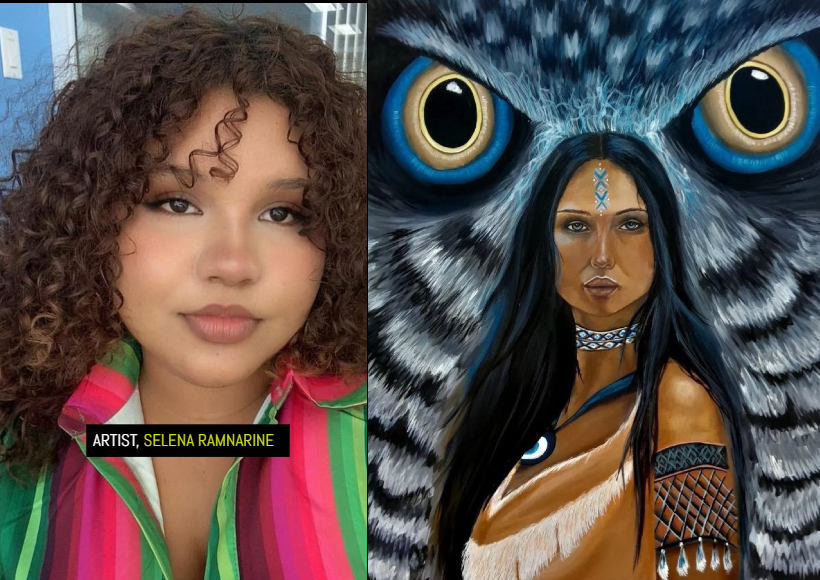By Sueann Wickham
While others are caught up with their daily routines, a 22-year-old local artist, Selena Ramnarine is busy painting stories that demand to be told. Speaking to this publication during an exclusive interview, this creative mind detailed how her pieces exude the pain and resilience of Guyanese women while creating a space where these untold stories find a way to reach people’s hearts.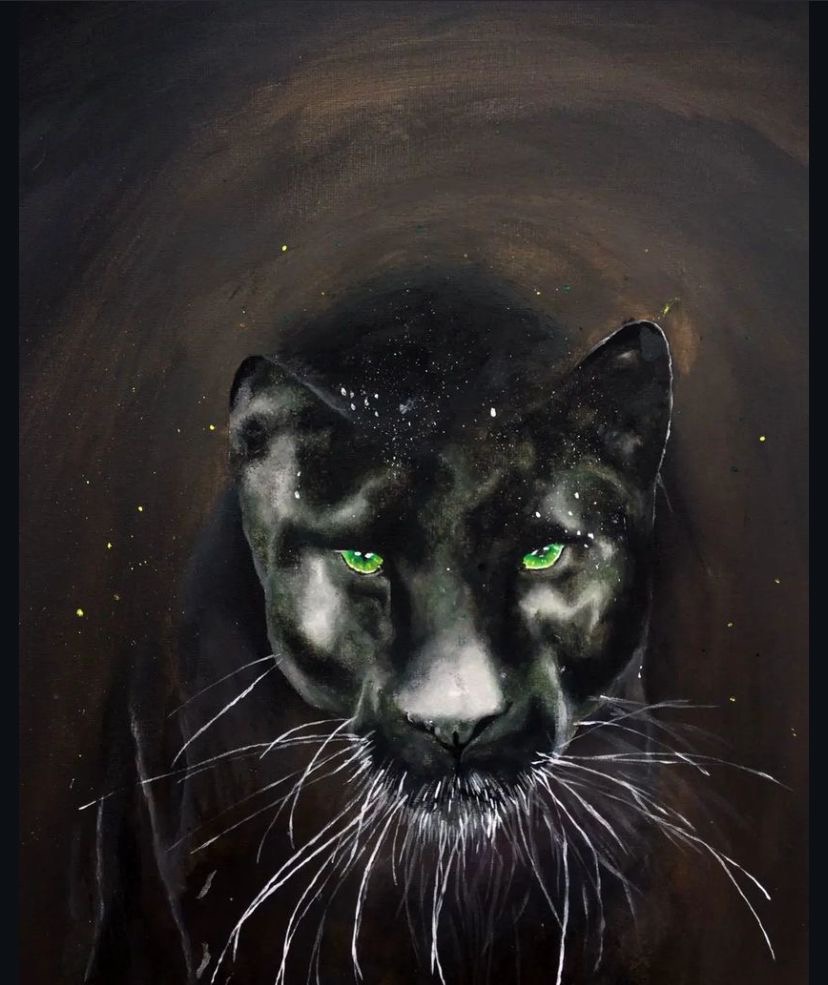
For Selena, art is far more than an exercise in creativity—it’s a medium to give voice to the silent struggles of women, particularly those in Guyana.
“I paint what I feel,” she said. “And what I feel is the heartache that so many women experience in their journey, especially here in Guyana, where societal expectations can crush our dreams before they even begin.”
Sharing her journey to becoming an artist, she said that much of her work stems from her own experiences. Growing up, she watched the women in her life—strong, resourceful women—grapple with their own hardships. Her mother’s struggles, in particular, left a deep mark on her.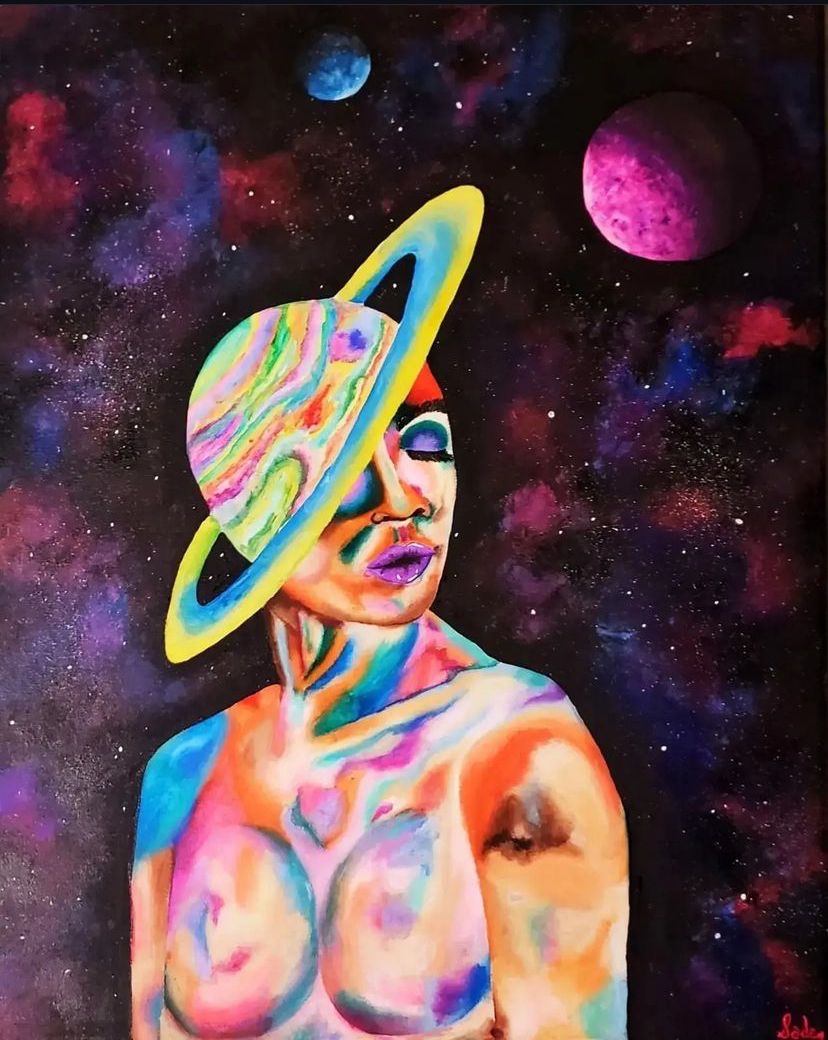
“My mother was this rock of a woman, but even she wasn’t immune to the pressures of society,” Selena recalled. “She worked every day to provide for us, but there were moments when the weight of the expectations just broke her down.”
These personal stories fuel Selena’s artistic drive. Through her work, she channels the pain, joy, and quiet strength she witnessed, creating art that serves as both a tribute and a call to action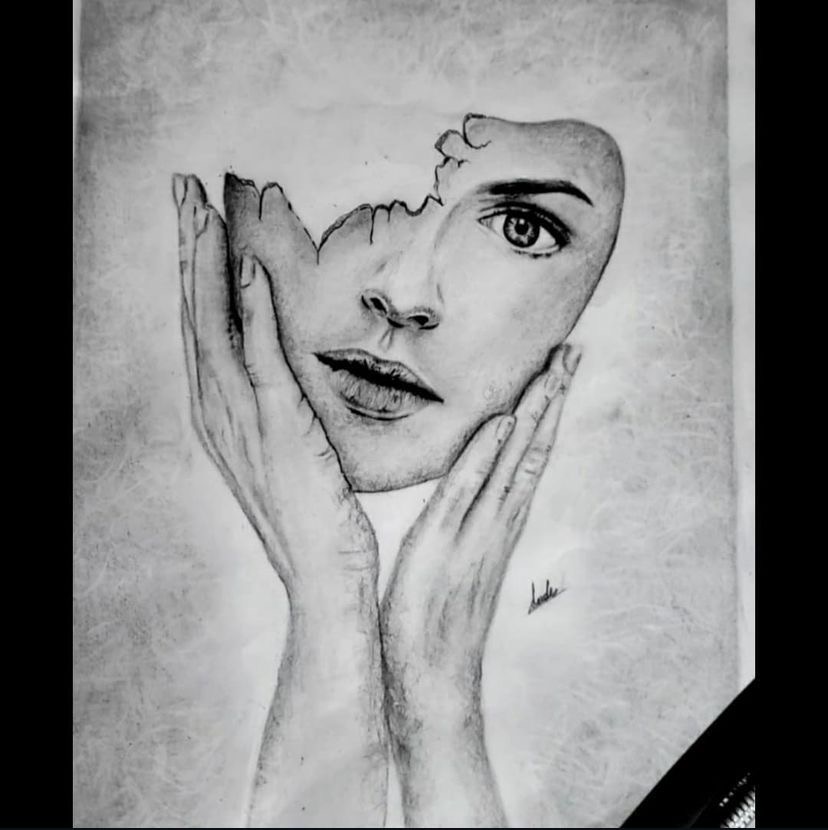
“I want my art to honour where I come from while also pushing the boundaries of what people think Guyanese art can be,” Selena shared. Her work often features bright Caribbean colours and tropical motifs but with a twist—her techniques draw inspiration from abstract and modern art, giving her pieces an unexpected edge.
This fusion allows her to bridge the gap between her own experiences in Guyana and the larger conversations happening around women’s rights and gender inequality globally.
The natural beauty of Guyana is a recurring influence in Selena’s work. The country’s lush forests, rivers, and plains aren’t just picturesque backdrops for her art—they’re metaphors for the strength and resilience of the women she portrays.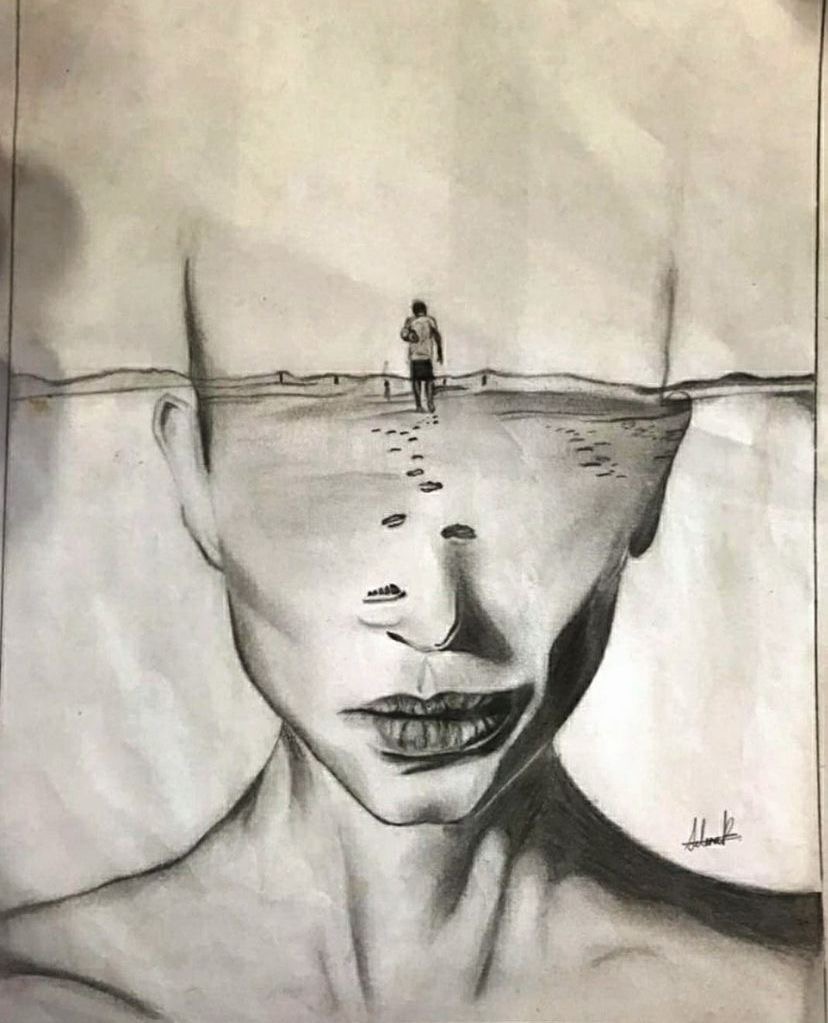
“Nature is such a perfect parallel to the women I paint,” she said. “Just like the landscape here, women can be nurturing and strong, but they also have to weather some really harsh conditions.”
In her paintings, trees symbolize growth and endurance, while rivers represent the often turbulent journey that women must navigate. The landscape in her work isn’t just a setting—it’s an active reflection of the women’s lives she so carefully illustrates.
What stands out in Selena’s art is the way she captures both sadness and resilience. Many of her pieces portray women carrying the weight of their struggles, their faces showing the pain they’ve endured. But if you look closer, there’s always a flicker of strength—a sign that these women aren’t defined by their sadness but by their ability to keep going.
One of her most striking pieces, titled “Indigo, features a woman wrapped in deep shades of blue and indigo, standing alone against a bare background. Her gaze is distant yet powerful, symbolizing both isolation and resilience. “Indigo” she said, drew inspiration from an indigenous woman she met in Essequibo.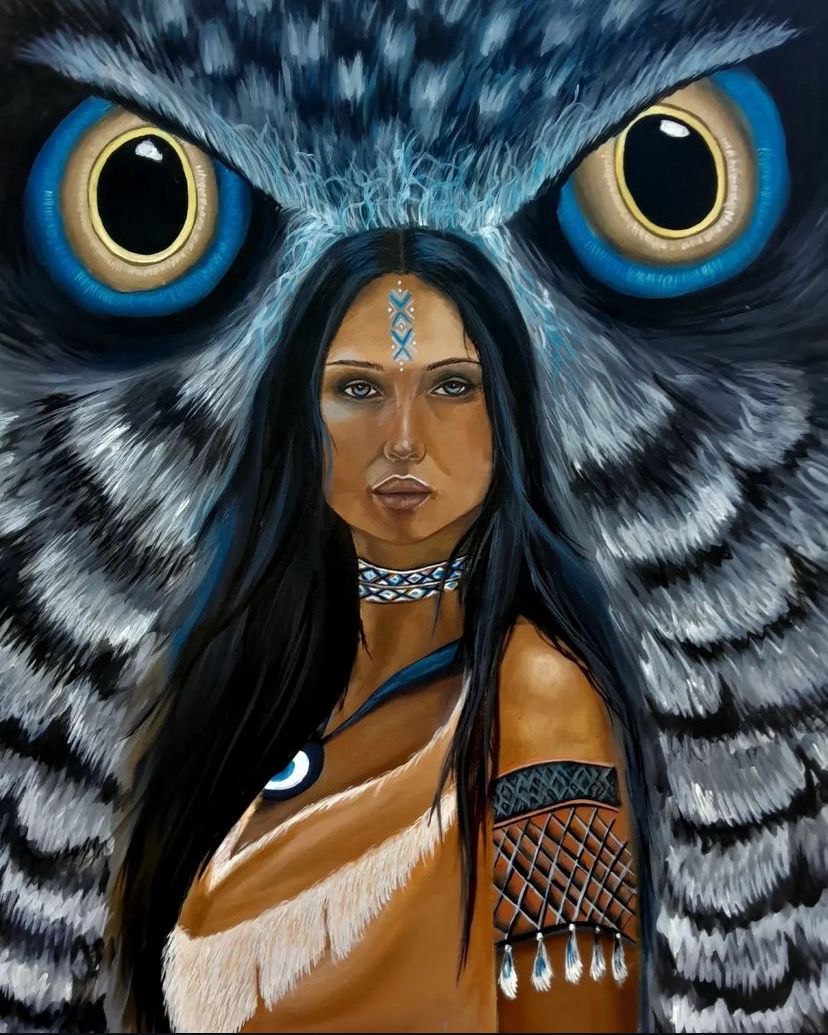
As a child, Selena attended church camps in the Essequibo region with her family. It was on one of these trips that she encountered a young indigenous woman whose story would leave a lasting impact on her life and her work. “She told us of her story, and until then, I was unaware of the extent of the hardships most indigenous people face,” Selena recalled.
The woman’s life was marked by unimaginable suffering—stories of her siblings drinking sugar water to survive, and even more disturbing accounts of rape and incest. “We (often)hear of the government building a few roads, or a hospital, or a school, but her world was cut off from these other realities that are fed to us,” Selena reflected.
Moreover, she said that the painting also shows Guyanese women’s connection to the land and water, their struggles and their survival in a society that often overlooks them. The rich blue tones, reminiscent of the indigo dye once used in traditional textiles, serve as a tribute to the cultural and historical significance of women’s work in shaping communities.
“I think it’s important to show both sides of the story,” Selena explained. “Yes, there’s a lot of pain in life, especially for women, but there’s also so much strength in surviving that pain. That’s what I want people to take away when they see my work.”
These contrasting themes of sorrow and strength are found throughout her body of work. Some of her most striking pieces feature solitary women standing tall against barren landscapes, their faces etched with grief, yet their posture speaks of quiet, unyielding strength.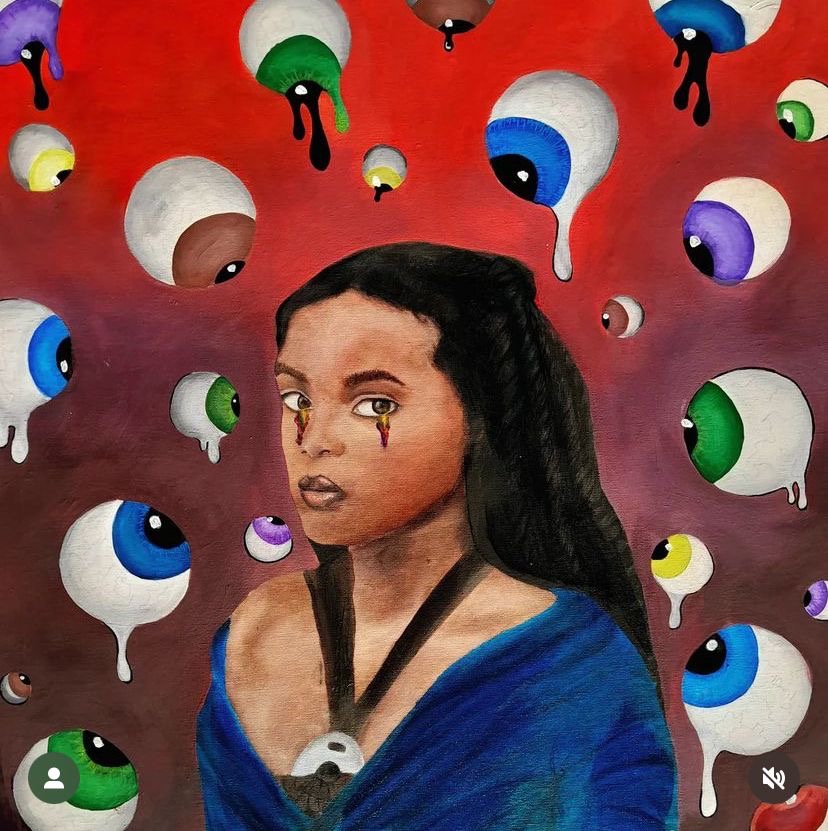
Selena’s work has struck a chord with audiences, both in Guyana and internationally. She has exhibited her pieces in local galleries and beyond, each time finding new ways to connect with those who view her art.
One such moment occurred during an exhibition in Georgetown. A woman stood in front of one of Selena’s pieces, tears streaming down her face. “She told me that she saw herself in that painting,” Selena recalled. “She said it was the first time she felt like someone understood what she was going through.”
According to the artist, its these moments—where art transcends words and creates a profound emotional connection—that reaffirm her belief in the power of her work.
But being an artist in Guyana isn’t easy. Despite its rich cultural history, she said the country’s art scene is often underfunded and lacks the resources artists need to fully flourish. For Selena, that means overcoming numerous obstacles just to keep doing what she loves.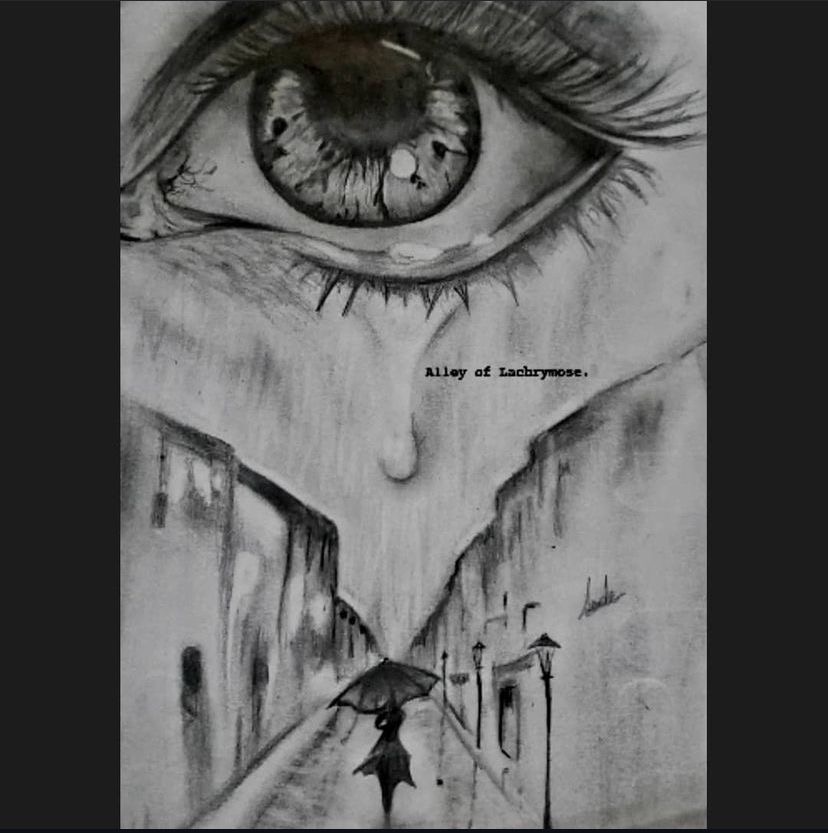
“It’s tough,” she admitted. “There have been times when I’ve had to take on side jobs to support my art. But at the end of the day, this is what I was meant to do, so I just keep going.”
Selena doesn’t just paint to create something beautiful—she paints to make a difference. Through her art, she raises awareness about the pressing issues facing women, from domestic violence to gender inequality.
“My art is my voice,” she said. “And I’m going to keep using it to speak up for women who can’t.”
Selena’s commitment to women’s issues isn’t just artistic—it’s deeply personal. Before pursuing art full-time, she worked as a social worker, helping vulnerable women and children. That experience has given her an even deeper understanding of the challenges they face.
“I’ve seen what these women go through firsthand,” she noted. “It’s not just something I paint about—it’s something I’ve lived.”
Selena’s art is, at its core, a reflection of her life’s work—advocating for women and creating spaces where their stories are heard and valued.
She said she always strives to ensure that her work is a reminder that, no matter how difficult the journey, there is strength in every woman’s story—and that strength is worth celebrating. Also, she noted it is important to pay homage to those who have endured and, somehow, survived.
Those interested in following her artistic journey and purchasing pieces can follow her page on Instagram by clicking here.







